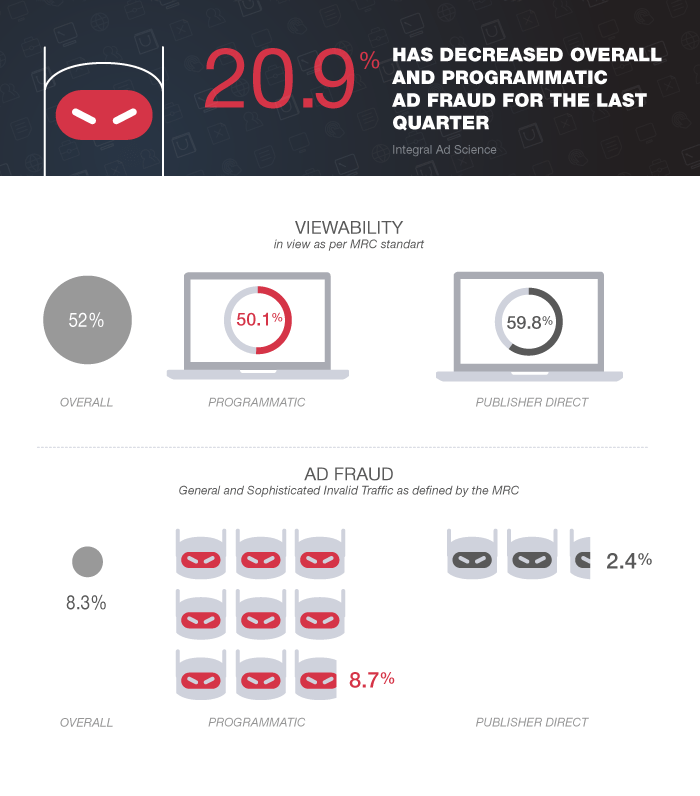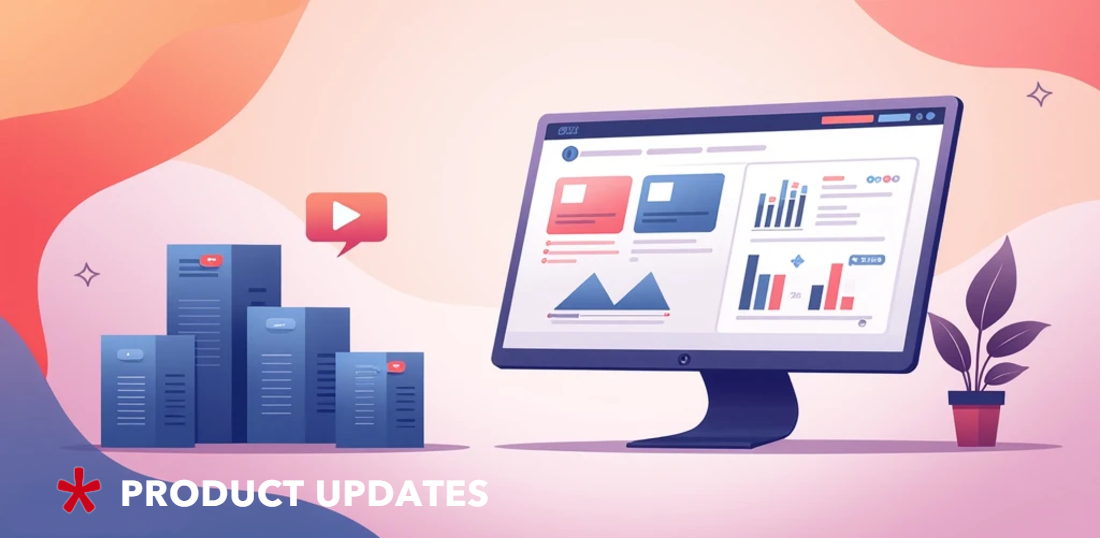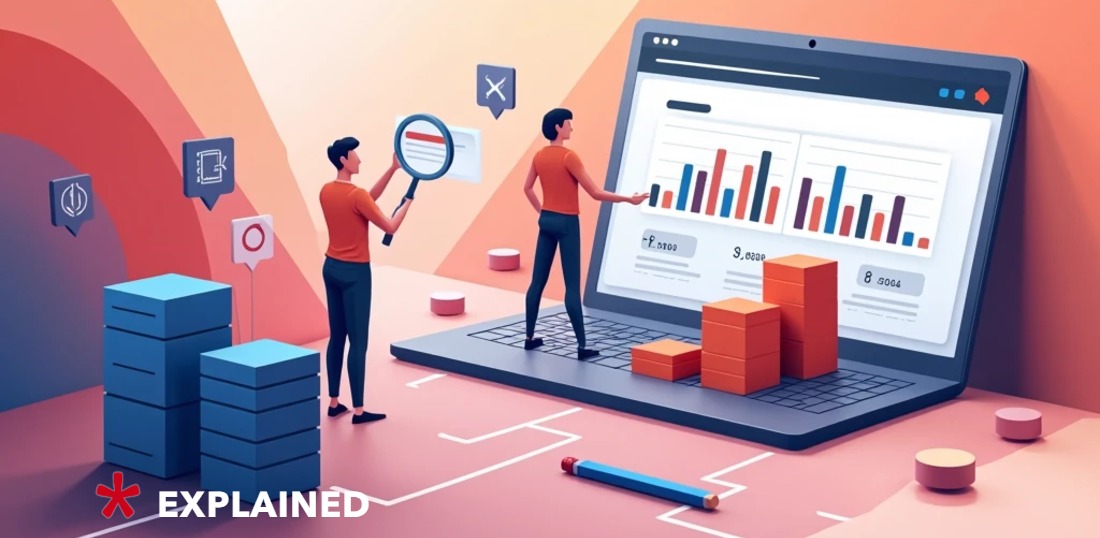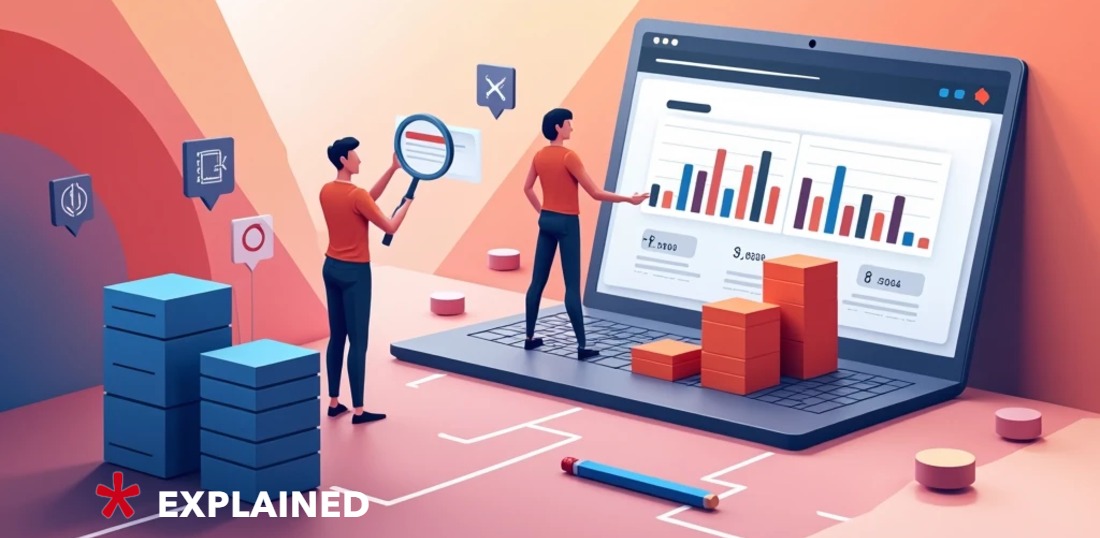What is ad fraud and the ways to fight it
Ad fraud. We’re using words “favorite subject” so often that they’ve already lost its value. Our digital world was developing alongside with digital ads and fraud in digital ads.
We now have all kinds of things, we have fraud on different levels of buying and selling, we have bots and their own traffic. And as we talked before, we don’t know where the half of our impressions go.
So who “viewed” your ad? Was it web-bot or a real person? Is publisher manipulating with viewership and readership numbers?
Good news
Before talking about details and examples, let us start with some portion of good news. And it’s not a typo. Actual good news.
Integral Ad Science has reported that overall and programmatic ad fraud has decreased by 20.9% for the last quarter compared to the last quarter of 2015. It also claims that viability of programmatic increased by 20.7% globally. According to them starting from 2015 fraud for both direct and programmatic inventory dropped. There are two reasons for these figures: An increase of awareness, thus better quality of the media bought; viewability as a goal, i.e. paying for viewable impressions only.
How to protect yourself?
- Analysis
No one can make this job better than inner specialists. You need to check if there’re no signs of fraud in your campaign. Based on results you can reallocate your budget to less suspicious and higher-quality sites. While scanning your campaign when searching for signs of fraud, you should pay attention to suspicious publishers and unusual indicators like CTR above 1%. - Verify ad

Using specific vendors you can verify your ad campaign. Vendors like mentioned before IAS, MOAT etc can verify viewability and invalid traffic. The mandatory condition for this choice is to have your own ad server, so you can work with several vendors to have an ability to evaluate and to compare their results. - Private marketplaces
We’ve talked before about those auctions as privileged environments, where fraudulent publishers won’t probably be participating. Again the disadvantage of this way is limitations of buying will limit your reach. - Blacklist
This is something everyone is already used to. Having a black- and white- lists can ensure that your ads won’t go elsewhere. Whitelists can be effective if you’re focusing on targeting specific publishers. Blacklists help you to block low quality sites. There’re universal blacklists that you can use instead of learning based on your own mistakes. - Contextual targeting
It is the easiest way to protect yourself while ad buying. Using pre-bid contextual data from providers like comScore, IAS, etc, you can avoid the fraud instead of filtering it after you’ve bought the impressions. The other side of this trade is that you’re limiting your potential inventory. - What to avoid
Don’t set goals like impressions and clicks-based goals. But you’ve probably read our previous articles, so you won’t make those mistakes. Set goals like conversions and vCPM. - Pay attention
This horrible statistics we had for previous years made us more aware of what we’re doing with our campaigns and ad budgets, and as a result this awareness brought better numbers. This trend should remain as constant thing. Avoid unchecked inventory exchanges and publishers with non-transparent inventory.
Bottom line
Education and awareness are our friends in fighting fraud. We’ll continue to talk about it and to cover new facts or methods. Let’s talk some more, give us a call.







